Mozambique: Nampula reaffirms commitment to initiatives that promote social inclusion
Mozambique: STAE and CNE still do not know the territorial boundaries of the 12 new municipalities
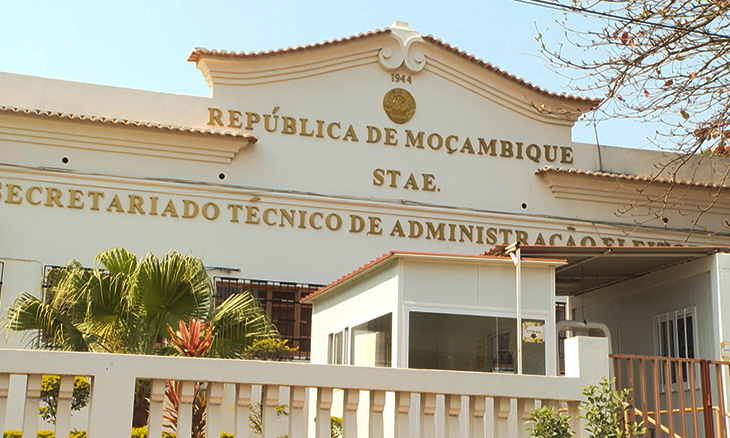
FILE - For illustration purposes only. [File photo: DW]
The political parties and the electoral administration bodies still do not know the territorial boundaries of the 12 new municipalities. Zauria Amisse, the representative of the Government on the CNE, says that the municipal limits have been defined, and are only awaiting approval by the Council of Ministers.
The Electoral Administration Technical Secretariat (STAE) said yesterday, during a meeting with the political parties in Maputo, that it still has no idea of the size of the municipalities. According to STAE, so far the size of the new municipalities is not known, adding that the territorial boundaries “are matters for MAEFP (Ministry of State Administration and Public Service)”
The purpose of the meeting was to present information about the start of the pilot voter registration, but it became a meeting where the extra-parliamentary political parties presented their concerns.
“STAE and the CNE receive information about the boundaries of the municipalities from MAEFP. These boundaries are not yet known. MAEFP draws up the administrative division and hands it over”, explained the members of STAE. But it was up to the representative of the Government on the CNE, Zauria Amisse, to inform the meeting that the boundaries have already been drawn up, but have not yet been shared, because they are still waiting for approval by the Council of Ministers.
The extra-parliamentary parties say that it will be difficult to monitor the voter registration, if they do not know what the municipal boundaries are. Right now, according to their representatives, the parties should be organising their logistics for monitoring the registration, but this is impossible without knowing the municipal boundaries. For example, infomation is circulating that the Marracuene municipality will be limited to the town, but the boundaries are not known. It is not known whether the municipality will include the tourist regions of Macaneta 1 and 2 or the locality of Bobole.
“The citizens and the parties do not yet know the boundaries. Nobody knows where a particular municipality begins and ends”.
Manipulated boundaries?
In yesterday’s meeting with the political parties, there were accusations that the central government had ordered the district administrators to hold meetings intended to define which neighbourhoods will be included in the municipalities. It would be up to the administrators to determine the limits of the neighbourhoods in the new municipalities, a process which smells of manipulation.
One of the indicators which determined the elevation of the 12 new towns to the category of municipalities is their capacity to collect revenue. This means that a study should have been held in areas already demarcated for the future municipalities. But this was not the case. The study was held in areas not demarcated, which means that it may have covered neighbourhoods which, in the future demarcation, will be excluded. For example, in Marracuene, the study may have covered the areas of Macaneta and Bobole, when the demarcation might not include them.
A further problem is that there may have been towns in better condition for municipalisation, but which were excluded because the study was held in zones whose boundaries were still unknown. This may have contributed to the exclusion of some potentially productive areas.
Extra-parliamentary parties want to be included in CNE and STAE
Some representatives of the political parties without seats in parliament claimed it is necessary that in future elections at least one of their representatives should be included in the electoral bodies. Their justification is that they need someone to represent and defend their interests.
The concern of the extra-parliamentary parties is a sign that they do not feel represented by Renamo and by the MDM.


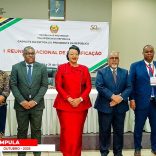
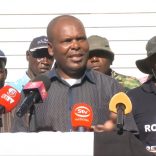

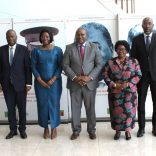

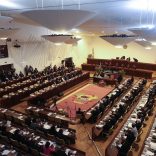




Leave a Reply
Be the First to Comment!
You must be logged in to post a comment.
You must be logged in to post a comment.